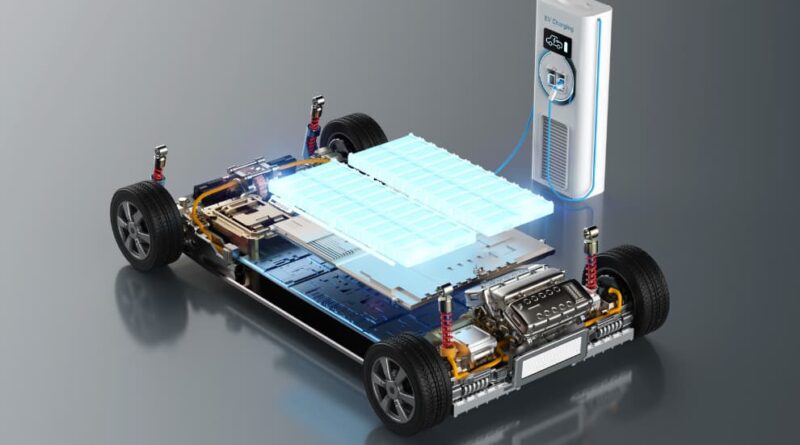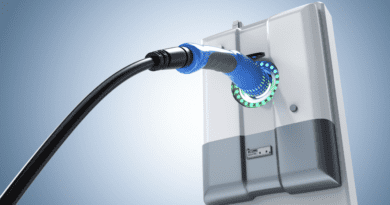Essential Tips for Maintaining Your EV Battery
Electric vehicles (EVs) have revolutionized the automotive industry, offering a sustainable and eco-friendly alternative to traditional gasoline-powered vehicles. At the heart of every EV is its battery, a sophisticated piece of technology that requires proper care and maintenance to ensure longevity, efficiency, and performance. This article provides an in-depth guide on how to take care of your electric vehicle battery, covering essential practices, tips, and considerations to keep your EV running smoothly for years to come.
1. Understanding EV Batteries
1.1 Types of EV Batteries
The most common types of batteries used in electric vehicles are lithium-ion (Li-ion) batteries, nickel-metal hydride (NiMH) batteries, and solid-state batteries. Li-ion batteries are the most prevalent due to their high energy density, long lifespan, and relatively low weight. NiMH batteries, while less common, are known for their durability and safety. Solid-state batteries, though still in the developmental stage, promise even higher energy densities and safety levels by using solid electrolytes instead of liquid ones.
1.2 How EV Batteries Work
EV batteries store electrical energy in chemical form and convert it into electricity to power the electric motor. This process involves charging the battery by passing an electric current through it, which triggers chemical reactions that store energy. During discharge, the chemical reactions are reversed, releasing the stored energy as electricity. The efficiency of this process depends on the battery’s design, chemistry, and management system.
2. Charging Practices
2.1 Optimal Charging Levels
Maintaining your EV battery within an optimal charge range, typically between 20% and 80%, can significantly extend its lifespan. Charging to 100% is generally unnecessary for daily driving and can lead to faster degradation if done frequently. Most EVs come with settings that allow you to limit the maximum charge level, which is useful for preserving battery health.
2.2 Charging Speeds and Methods
There are three main types of EV charging: Level 1 (120V), Level 2 (240V), and DC fast charging. Level 1 charging is the slowest but is convenient for overnight charging at home. Level 2 charging offers a faster charge, suitable for home and public charging stations. DC fast charging provides the quickest charge but can generate more heat, potentially affecting battery longevity if used excessively.
2.3 Avoiding Overcharging and Deep Discharging
Overcharging and deep discharging can both harm your EV battery. Overcharging stresses the battery and can lead to overheating, while deep discharging can cause the battery to enter a low-voltage state, which might reduce its capacity over time. Using smart charging solutions and adhering to manufacturer guidelines can help avoid these issues.
3. Temperature Management
3.1 Effects of Temperature on Battery Health
Extreme temperatures, both hot and cold, can adversely affect the performance and lifespan of EV batteries. High temperatures can accelerate battery degradation, while low temperatures can temporarily reduce the battery’s capacity and increase internal resistance.
3.2 Best Practices for Hot Climates
In hot climates, park your EV in shaded or indoor areas whenever possible to avoid excessive heat exposure. Using sunshades and ventilating the cabin can also help keep temperatures down. Some EVs offer battery cooling systems that can be activated during hot weather to maintain optimal battery temperature.
3.3 Best Practices for Cold Climates
In cold climates, precondition your vehicle while it’s still plugged in to warm up the battery and cabin before driving. This practice helps preserve battery range and efficiency. Keeping the battery charge level above 20% can prevent it from entering a low-voltage state, which is more likely to occur in cold conditions.
4. Driving Habits
4.1 Smooth Acceleration and Deceleration
Aggressive driving, characterized by rapid acceleration and hard braking, can increase the rate of battery degradation. Adopting a smoother driving style not only conserves energy but also reduces the stress on your battery.
4.2 Regenerative Braking
Regenerative braking systems capture and store energy that would otherwise be lost during braking. This process helps extend the driving range of your EV and reduces wear on the battery by partially recharging it during deceleration.
4.3 Route Planning and Eco-Driving
Planning your routes to avoid heavy traffic and using eco-driving modes can maximize your EV’s efficiency. Many EVs come with navigation systems that suggest energy-efficient routes and provide real-time updates on traffic conditions.
5. Storage and Parking
5.1 Long-term Storage Tips
If you need to store your EV for an extended period, ensure the battery is charged to around 50% and store the vehicle in a cool, dry place. Avoid fully charging or fully depleting the battery before storage to prevent potential damage.
5.2 Optimal Parking Conditions
Whenever possible, park your EV in a garage or under cover to protect it from extreme weather conditions. This practice not only preserves the battery but also protects the vehicle’s overall condition.
6. Regular Maintenance and Monitoring
6.1 Software Updates
Manufacturers often release software updates that can improve battery management and overall vehicle performance. Keeping your EV’s software up-to-date ensures you benefit from the latest advancements and optimizations.
6.2 Battery Health Monitoring Tools
Many EVs come equipped with battery health monitoring systems that provide insights into the battery’s condition and performance. Regularly checking these systems can help you detect and address potential issues early.
6.3 Professional Battery Inspections
Periodic professional inspections can identify and resolve battery-related problems that may not be evident through onboard diagnostics. These inspections often include detailed checks of the battery’s physical condition and its electronic management system.
7. Battery Replacement and Recycling
7.1 When to Replace Your EV Battery
EV batteries are designed to last for many years, but their capacity gradually diminishes over time. Signs that it might be time to replace your battery include significantly reduced range, slow charging, and frequent overheating. Consult your vehicle’s manufacturer for specific guidelines on battery replacement.
7.2 Recycling and Disposal of EV Batteries
Proper recycling and disposal of EV batteries are crucial for environmental sustainability. Many manufacturers and third-party companies offer battery recycling programs that recover valuable materials and ensure safe disposal of hazardous components.
8. Common Myths and Misconceptions
8.1 Myth: EV Batteries Have a Short Lifespan
Modern EV batteries are designed to last for many years, often outlasting the vehicle itself. With proper care and maintenance, most EV batteries can retain a significant portion of their capacity even after several years of use.
8.2 Myth: Fast Charging is Always Harmful
While frequent use of DC fast charging can generate more heat, occasional use is unlikely to cause significant harm. Many EVs are equipped with advanced thermal management systems that mitigate potential risks associated with fast charging.
8.3 Myth: EV Batteries Cannot Be Recycled
EV batteries are highly recyclable, with many components being recoverable for reuse in new batteries or other applications. Recycling processes are continually improving, making EV batteries more sustainable.
9. Future Trends in EV Battery Care
9.1 Advances in Battery Technology
Ongoing research and development are leading to the creation of batteries with higher energy densities, faster charging capabilities, and improved safety features. Solid-state batteries, for example, are expected to offer significant benefits over current Li-ion technology.
9.2 Emerging Charging Solutions
Innovations in charging technology, such as wireless charging and ultra-fast chargers, are making EV charging more convenient and efficient. These advancements will further ease the integration of EVs into daily life.
9.3 Predictive Maintenance Systems
Future EVs may incorporate advanced predictive maintenance systems that use artificial intelligence and machine learning to predict and prevent battery issues before they occur. These systems will enhance reliability and extend battery life.
Conclusion
Taking care of your electric vehicle battery involves a combination of mindful charging practices, temperature management, driving habits, and regular maintenance. By following the guidelines and tips outlined in this article, you can ensure the longevity and performance of your EV battery, contributing to a more sustainable and enjoyable driving experience.




